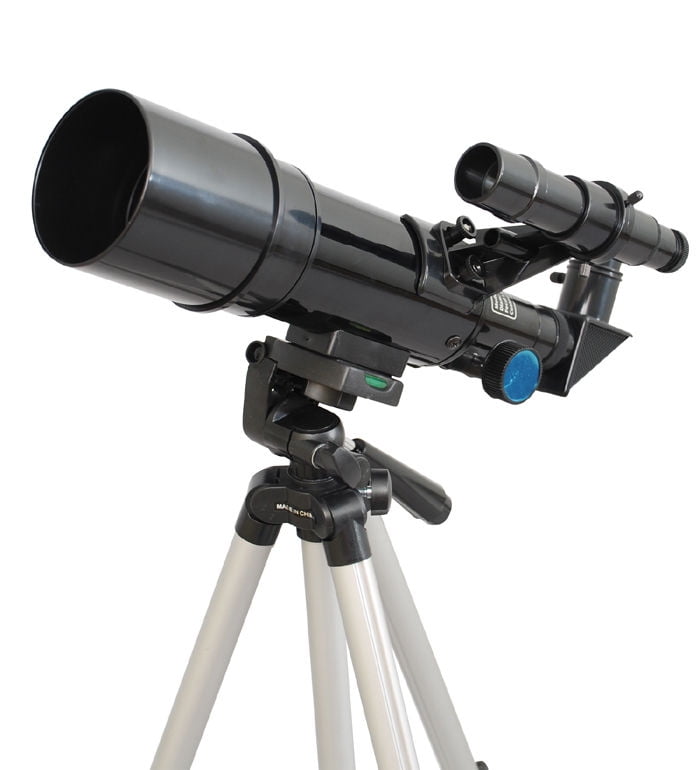

“The telescope was too large to ship fully assembled, we needed to ship 80% of it as components,” explains Brissenden. Once the telescope’s components were retrofitted, the researchers faced the challenge of shipping such a large object into the Arctic. The research team had to replace key antenna components, including all the cabling, electronics, bearings, and servo systems and design an upgraded deicing system to prevent snow and ice from accumulating.

"The Greenland telescope was originally a prototype antenna for the ALMA array and was not designed to operate at the extremely cold temperatures we see in Greenland which can fall to the -30 to -60 C range," Brissenden states. It was retrofitted for cold weather operation and shipped to Greenland in the summer of 2016. It began its life as a prototype for the ALMA in Chile and was then installed in New Mexico until 2011. The Greenland Telescope has seen quite a journey before it was installed at Thule Air Base in 2017. With the addition of the Greenland Telescope the angular resolution of the EHT – a way to measure how much detail a telescope can see – will be almost 1000 times more than the most powerful optical telescopes. By 2015 the ALMA in Chile's Atacama Desert and the South Pole Telescope became part of the network more than doubling its resolution. The project started with just three telescopes located in Hawaii, Arizona, and California in 2011.

Simply put, the larger the distance between telescopes, the better the image resolution. "The Greenland site makes an almost equilateral triangle with ALMA and the SMA and provides an increase of baseline lengths along north-south direction in the EHT array, which contributes to image quality," Brissenden details. With the addition of the Greenland station the distance between telescopes in the network increased substantially, to about 9,600 kilometers to the Atacama Large Millimeter Array (ALMA) in Chile and to about 8,100 kilometers to the Submillimeter Array (SMA) in Hawaii. The EHT project consists of nine separate telescopes. To overcome this hurdle researchers employ a trick of combining observations from telescopes thousands of kilometers apart, which de facto turns Earth into a giant radio dish. In order to directly image the shadow of a black hole millions of light years away scientists would need a telescope as large as Earth itself. "Adding the Greenland telescope to the EHT will provide a significant improvement to the image quality to observe the shadow of the supermassive black hole in M87," explains Roger Brissenden, Deputy Director of the Harvard-Smithsonian Center for Astrophysics. Among other things scientists will test Einstein's theory of relativity. The project, known as Event Horizon Telescope (EHT), aims to take extremely high resolution images of a black hole located at the center of the M87 galaxy. The new telescope’s location above the Arctic Circle significantly enhances the network’s capabilities. It is part of an array of nine telescopes spanning both hemispheres, including the South Pole, Chile, and Hawaii. The Greenland Telescope represents a crucial addition to an international effort to study and image massive back holes. A 12-meter telescope began operation at Greenland's Thule Air Base earlier this month.


 0 kommentar(er)
0 kommentar(er)
